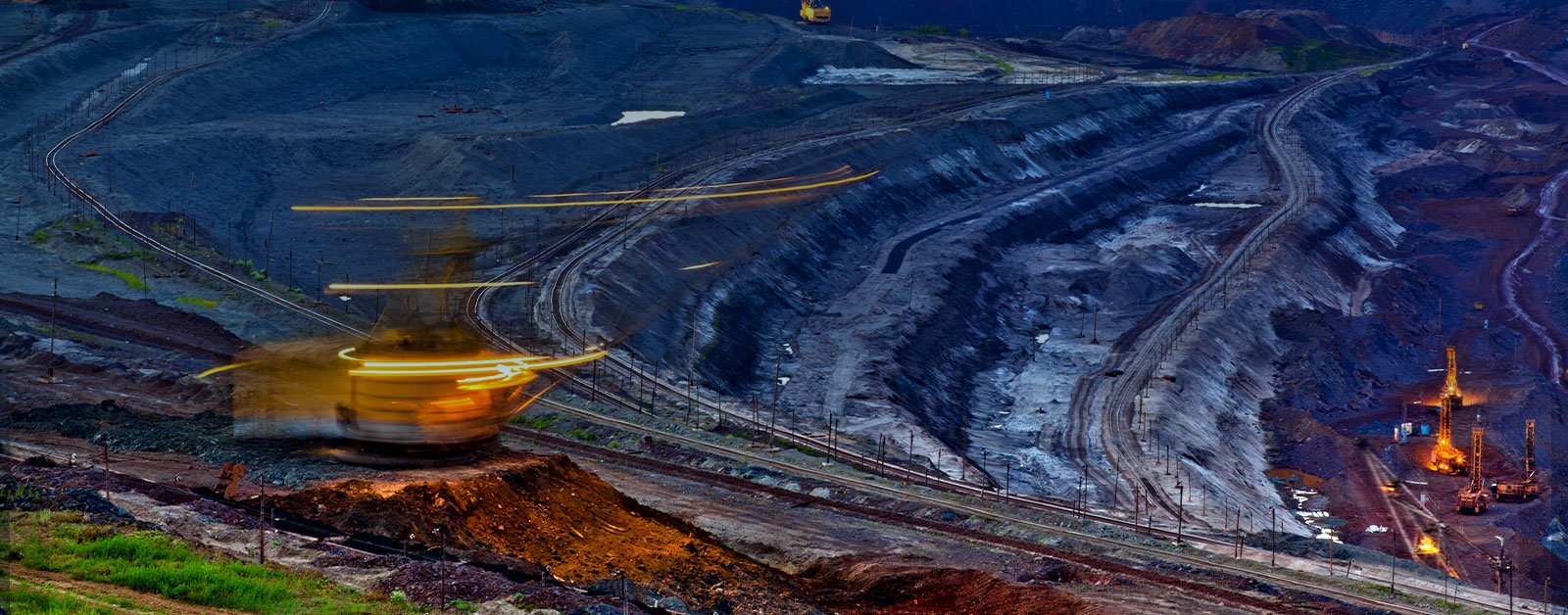The use of autonomous and data-driven systems is anticipated to be one of the most effective ways to increase the energy efficiency of mining operations. However, currently, only three per cent of mobile equipment in the mining sector is autonomous. As reliability of autonomous technologies increases, the scalability of the technologies is expected to decrease costs, making it more accessible in the mining sector.1 That being said, increasing automation and connectivity brings a new set of legal challenges and considerations and the adoption of autonomous technologies in the mining sector is no exception. In this new paradigm, mining sector participants must be cognizant and evaluate novel risks and legal issues to provide parties with the certainty they need to adopt autonomous and data-driven systems (hereinafter, “Autonomous Mining Technologies”).
Some of these legal challenges and considerations can be managed through technology contract rights and remedies. As a result, when structuring a contract, accounting for data use and the parties’ rights regarding data, intellectual property use rights, and streamlining disputes are three key considerations that sector participants looking to harness these technologies must consider.
1. Data use & rights
Autonomous Mining Technologies will generate or contain some of the most sensitive and critical information about a mining operation’s efficiency, productivity, and value. To protect confidential information, and more importantly, the competitive advantage of both technology developers and mining sector participants, parties should turn their minds to developing robust data use programs. These programs should reflect the commercial sensitivity of the information that Autonomous Mining Technologies will generate or house. Participants in the mining sector should consider the following:
Cybersecurity:
In order to be effective, Autonomous Mining Technologies require huge swaths of data that must be consistently shared between equipment, sensors, servers, and computers.2 Before sector participants can adopt Autonomous Mining Technologies at the level required to bridge the gap between demand and sustainability requirements, they must first structure contractual relationships that clearly delineate the risks and responsibilities around securing data that will power the autonomous and artificial intelligence (AI) systems of future mining operations.
Recent cyberattacks against critical infrastructure have demonstrated the need to integrate data protection and storage obligations into contracts. In addition, given the size and diversity of activity occurring during mining operations, sector participants will likely engage in contractual relationships with multiple AI and autonomous equipment suppliers.
System protection obligations:
Parties negotiating agreements regarding the deployment of Autonomous Mining Technologies into mining operations must all work towards defining responsibilities and ensure that each party to an agreement takes appropriate steps to protect and safeguard Autonomous Mining Technologies. In particular, it is imperative that cybersecurity and systems protection requirements are contractually mandated to ensure that all parties understand the importance of protecting the integrity and addressing the risks associated with cyber vulnerabilities.
Data Use Regimes:
In addition to clearly articulating respective data and system protection obligations, mining sector participants should consider creating a defined data use program that outlines that rights and responsibilities of the parties regarding data that is being generated, collected, used, and potentially disclosed to third parties. Technology developers and mine operators can use these regimes to balance the need for protection with the opportunity to improve and further develop Autonomous Mining Technologies for the broader mining sector that this type of real-world data represents.
2. Intellectual property use rights
Integrating these types of technologies into mining operations will require technology developers and mine operators to share proprietary and confidential information. This also raises a subset of considerations that parties should clearly address in the following types of agreements:
Partnerships over licenses:
By further improving these innovative technologies, traditional intellectual property licenses may fail to reflect the integral part and value that real world data generated through mining operators has. Technology developers may therefore find it beneficial working within a partnership or a joint venture to more effectively account for the value that real world data contributes, and this approach may be critically important in the early stages of development for Autonomous Mining Technologies given the need for large data sets. This approach may also help to incentivize and foster improvement, and reduce the overall cost of these technologies.
Termination clauses:
Termination clauses should be carefully considered and reflect that, in some circumstances, these systems and technology may become critical to a mining operation, or a requirement for regulatory approval. Parties should consider drafting termination clauses that fairly apportion risk, highlight the importance of any of the Autonomous Mining Technologies being used, appropriately build in mechanisms to prevent an abrupt termination and address the transition after termination.
3. Streamlining disputes
Integrating these technologies across the infrastructure of a mining operation may cause growing pains and conflict. New technology introduces the possibility of product liability issues. In an effort to appropriately balance risk, and manage disputes so that they do not become a distraction when executing a project developing a mining operation, sector participants should consider the following:
Consistency among clauses:
Parties should adopt clear, unequivocal and consistent language in applicable agreements. For example, limitation of liability clauses should be consistent across-multiparty contracts. To streamline the dispute resolution process for all involved parties, it is critical to use similar limitation of liability language to avoid uncertainty and friction in the event of a cyber attack or a product liability issue.
Confidentiality and data sharing clauses should also be consistent across contracts, with each party fully understanding their rights regarding confidentiality and capable of fulfilling their obligations, to the maximum extent possible. Confidentiality clauses, and potentially permitted and/or restricted use provisions, should set a minimum level of acceptable conduct that every party involved in a mining project must meet.
Ensuring that relevant contracts have consistent dispute resolution clauses is another effective and typically uncontroversial way to streamline and improve dispute resolution. Moreover, consistent choices on jurisdiction and methods of dispute resolution (such as litigation or arbitration) across all contracts executed by parties involved in a mining project (including technology developers) reduces the risk of procedural hurdles and delays by avoiding the need to commence separate legal actions in different jurisdictions.
Confidentiality within Disputes:
In addition to establishing consistent standalone confidentiality provisions in contracts, sector participants (especially those who may engage directly with state, provincial or national governments) may also want to consider more fulsome confidentiality clauses within the dispute resolution provisions of an agreement. For example, when opting for arbitration, parties should consider:
- Including confidentiality clauses in their arbitration agreements;
- Agreeing to arbitration rules that establish confidentiality protection during the proceedings;
- Limiting the scope of disclosure obligations by adopting standards for document production, such as the IBA Rules for the Taking of Evidence, which provide potential grounds for withholding certain confidential or commercially sensitive information; and
- Contemplating a confidentiality protocol to govern the disclosure process in an arbitration.
Prospectively including confidentiality protections in the dispute resolution provisions of the agreement removes uncertainty and impresses upon all parties that, in the event of a dispute, disclosure rights and obligations must properly balance the protection of commercially sensitive documents.
Conclusion
With increased automation in the mining sector comes both novel and familiar issues commonly associated with Autonomous Mining Technologies. The potential for these systems to reduce employee injuries and increase mine productivity, and bridge the gap between demand and sustainability, cannot be understated. However, increased automation also brings familiar and novel legal and business risks. Though the long-term benefits are likely to outweigh the risks, caution should be exerted to manage such risks in the development and adoption of Autonomous Mining Technologies.
BLG’s Autonomous Vehicles Group
With broad industry experience and particular expertise in the development of autonomous solutions in the mining sector, BLG’s Autonomous Vehicles Group is here to help clients navigate the opportunities and challenges this revolutionary era of autonomy is expected to bring. For more information on AV, please reach out to your BLG lawyer or one of the key contacts listed below.
1 Peter Bryant and Satish Rao, Clareo and Twin, 2019: “Accessing the Fast and Furious Pace of Autonomy to Transform Mining” June 3, 2019
2 Wards Auto: “Mining Industry Laboratory for Self-Driving Tech”, March 17, 2020






